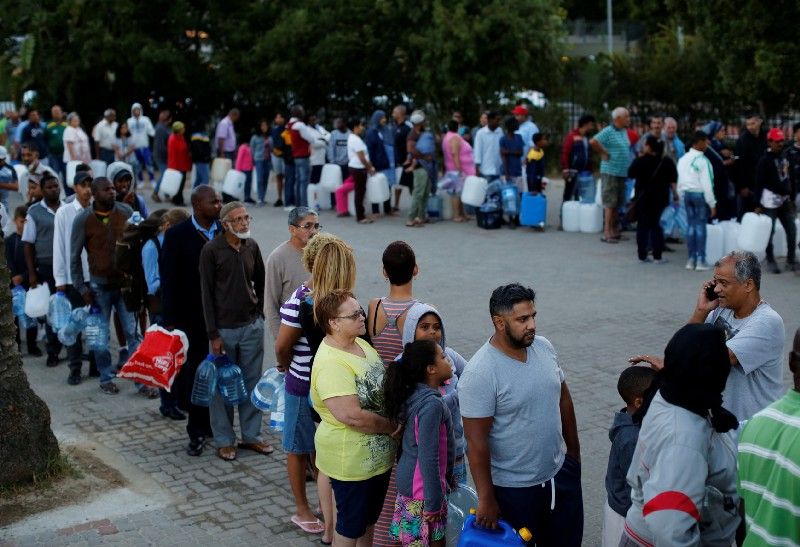May 09, 2018
Wars have been fought over it. People can’t live without it. And a growing global population is thirsty for more. So, what happens if a major city runs out of water?
Nearly 4 million people who live in Cape Town, South Africa, recently came close to finding out. Earlier this year, it looked like local authorities might have to ration water at gunpoint as the reservoirs that supply the city and its surrounding farmland started to run dry after three long years of drought. Cape Town isn’t the first big metropolis to face a water crisis in recent years. Sao Paulo, population 20 million, had a similar scare in 2015.
Two big takeaways:
This looks like it’s becoming a pattern. Sao Paulo and Cape Town both managed to avoid social unrest and potential human and economic disasters by creatively stretching existing water supplies. They were fortunate to have competent governments that could handle a crisis. The next big city to face a major water emergency — and there will be others, as booming urban populations meet an increase in severe weather due to climate change — may not be so lucky.
Water troubles also point to a broader tradeoff facing developing economies: rapid urbanization can create new opportunities and rising prosperity for millions of people. But surging ranks of city-dwellers also stretch the political, economic, and natural resources needed to make that growth sustainable.
More For You
- YouTube
Is the AI jobs apocalypse upon us? On Ian Explains, Ian Bremmer breaks down the confusing indicators in today’s labor market and how both efficiency gains as well as displacement from AI will affect the global workforce.
Most Popular
Think you know what's going on around the world? Here's your chance to prove it.
Reform UK leader Nigel Farage holds a post-budget conference in London, United Kingdom, on Nov. 26, 2025.
Phil Lewis/WENN
Nigel Farage, the far-right UK leader, reportedly told donors that he plans to join forces with the center-right Conservative Party ahead of the next election. Right-wing groups in other parts of Western Europe have largely avoided making such an alliance.
Nearly four years into Russia's invasion of Ukraine, the push to end the war is intensifying. The past few weeks produced not one but two proposals.
© 2025 GZERO Media. All Rights Reserved | A Eurasia Group media company.
